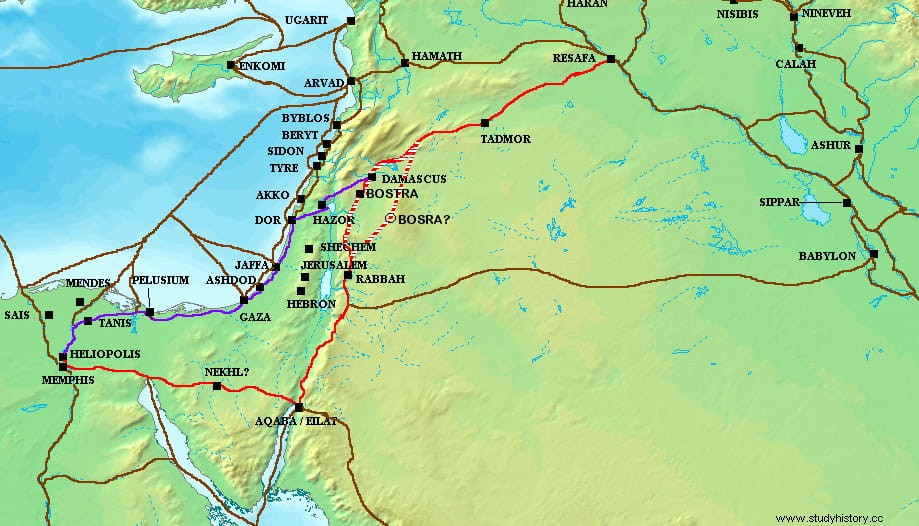The Egyptian archaeological mission working at Tell el-Farama (ancient Pelusium) in North Sinai has uncovered part of a huge building dating from the Greco-Roman period, used as the seat of the ancient Senate.
Pelusium or Pelusio is the name given to the city by classical authors, its original name being Per-Amón. We talked about it in our article dedicated to the battle that the Persians won there against the Egyptians by throwing cats at them.
The city was first excavated in 1910 by Jacques Cledal. Since 1991, several international missions have been working on it, which have brought to light an amphitheater and several smaller buildings.

The Secretary General of the Supreme Council of Antiquities, Mostafa al-Waziri, said that preliminary studies carried out on the ruins show that the architectural planning and the construction site indicate that it was likely used to hold meetings of the elders and the representatives of the citizens, to make decisions on the general affairs of the city during the period of prosperity of Pelusium, under the rule of the Ptolemaics and Romans.
The head of the Egyptian antiquities sector, Ayman Ashmawy, said the building is made of red bricks and limestone. It has an area of about 2,500 square meters, with a rectangular floor plan on the outside and circular entrances on the inside. It also has a main gate on the east side that leads to the main street of the ancient city of Pelusium.
As for the interior design of the building, the head of the Central Department of Antiquities of Lower Egypt, Nadia Khader, said that it is made up of the remains of three circular bases used for sitting, each 60 cm thick. She added that it was built of red bricks and covered with marble.
The mission also uncovered parts of the city's old streets.
